
化工基础实验(汉、英)/高等学校双语推荐教材
¥ 21.34 8.5折 ¥ 25.1 全新
库存5件
北京朝阳
认证卖家担保交易快速发货售后保障
作者韩优、范江洋、付雁、肖晓明 译
出版社高等教育出版社
出版时间2017-12
版次1
装帧平装
上书时间2024-12-02
- 在售商品 暂无
- 平均发货时间 24小时
- 好评率 暂无
- 店主推荐
- 最新上架
商品详情
- 品相描述:全新
图书标准信息
- 作者 韩优、范江洋、付雁、肖晓明 译
- 出版社 高等教育出版社
- 出版时间 2017-12
- 版次 1
- ISBN 9787040484816
- 定价 25.10元
- 装帧 平装
- 开本 16开
- 纸张 胶版纸
- 页数 184页
- 字数 290千字
- 正文语种 简体中文,英语
- 丛书 高等学校双语推荐教材
- 【内容简介】
-
《化工基础实验(汉、英)/高等学校双语推荐教材》内容分为两部分。第1部分介绍化工原理实验涉及的理论知识,涵盖了科学安排实验和定量评价实验结果的方法,以及传统和现代的实验方法、测试技术与技巧,具体包括实验误差的分析与估算、实验数据处理、正交试验设计方法和化工实验参数测量技术;第二部分主要介绍化工单元操作实验,包括流体流动综合实验、传热综合实验、正交过滤实验、多相搅拌实验、洞道干燥实验、精馏实验、吸收实验和萃取实验,每个实验包含了实验目的、实验原理、操作步骤、注意事项、实验流程图和实验报告要求等,同时还介绍了化工实验室安全规定和相关的安全知识。
《化工基础实验(汉、英)/高等学校双语推荐教材》注重化工基础实验中的共性问题,拓宽基础,有较强的通用性,既可作为高等学校化工、化学、环境工程、食品科学与工程、材料等专业的国际化教材,又可供科研和实验工作者参考。 - 【目录】
-
Introduction
Chapter 1 Estimation and Analysis of Experimental Errors
1.1 Experimental Errors
1.1.1 Direct and Indirect Errors
1.1.2 True Value of ExperimentaIData
1.1.3 Definition and Representation of Error
1.1.4 Classification of Errors
1.1.5 PrecisionTrueness and Accuracy
1.2 Significant Digit and Notation of Experimental Data
1.2.1 Significant Digit
1.2.2 Rounding Off Rules
1.2.3 Significant Digit of Direct Measurement Value
1.2.4 Significant Digit of lndirect Measurement Value
1.3 Error Estimation for Direct Measurement Value
1.3.1 Error Estimation for Once Measurement Value
1.3.2 Error Estimation for Multiple Measurements
1.4 Error Estimation of lndirect Measurement Value
1.4.1 General Function of Error Transfer
1.4.2 Application of Error Transfer Function
1.4.3 Application of Error Analysis
List of Symbols
Exercises
Chapter 2 Experimentaf Data Processing
2.1 Tabular Method and Graphical Method
2.1.1 Tabular Method
2.1.2 GraphicaIMethod
2.2 Experimental Data Regression Analysis
2.2.1 Definition and Content of Regression Analysis
2.2.2 Regression Expression Selectio
2.2.3 Simple Linear Regression
2.2.4 Multivariable Linear Regressio
2.2.5 Nonlinear Regression
List of Symbols
Exercises
Chapter 3 Orthogonal Experimental Design Method
3.1 The Advantages of Orthogonal ExperimentaIDesign Method
3.2 OrthogonaI Array and Its Characteristics
3.2.1 Equal Level OrthogonaI Array
3.2.2 Mixed Level OrthogonaIArray
3.3 The Interaction between Experimental Factors
3.3.1 The Definition of Interaction
3.3.2 The Discrimination oflnteractio
3.4 OrthogonaIArray Header Desig
3.4.1 The Header Design with Interaction Effect
3.4.2 Header Design withoutlnteraction Effect
3.5 The Basic Principles of Choosing an OrthogonaI Array
3.6 The Operating Method of An OrthogonaI Experiment
3.7 The Range Analysis of the Orthogonal Experimental Results
3.8 The Variance Analysis ofthe OrthogonaIExperimentaIResu
List of Symbols
Exercises
Chapter 4 Measurement of Common Physical Parameters in Chemical Industry
4.1 Basic Technical Performance of Measuring Instruments
4.1.1 Characteristics of Measuring Instrument
4.1.2 Measuring lnstrument Selection Principle
4.2 Pressure Difference Measurement
4.2.1 Pressure Gauge and Differential Pressure Gauge
4.2.2 Pressure Difference Transducer
4.2.3 The Calibration of Pressure Gauge
4.2.4 Some Technological Matters in the Use of Pressure Gauge
4.3 Flow Measurement Techniques
4.3.1 Throttling Flowmeter
4.3.2 Rotameter
4.3.3 Turbine Flowmeter
4.3.4 Test and Calibration of Flowmeter
4.4 Temperature Measurement Techniques
4.4. 1 Thermocouple
……
Appendix
Laboratory Safety Rules
Experiment 1Experiment of Fluid Dynamics
Experiment 2 Heat Transfer Experiment
Experiment 3 Application of Orthogonal Method in the Filtration
Experiment
Experiment 4 Multi-phase Agitation
Experiment 5 Distillation
Experiment 6 Packed Absorption Experiment
Experiment 7 Extraction Experiment
Experiment 8 Measurement of Drying Rate Curve
Appendix Laboratory Safety Information
点击展开
点击收起
— 没有更多了 —
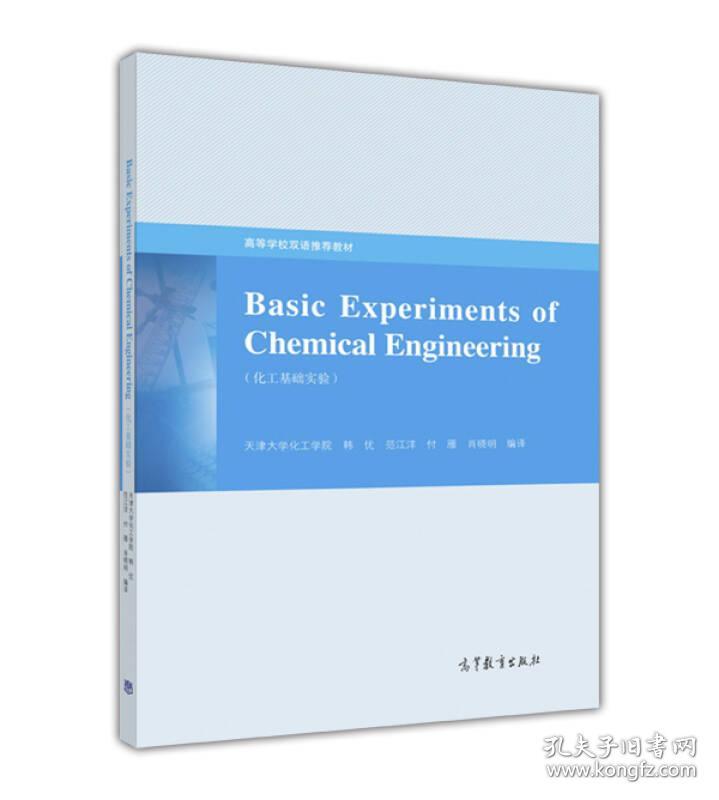

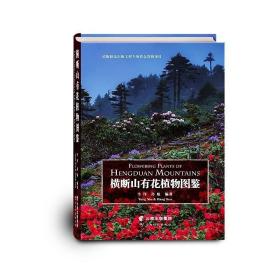
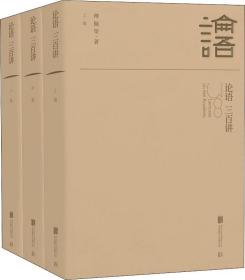

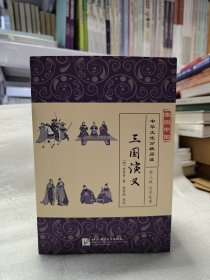
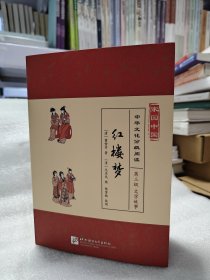

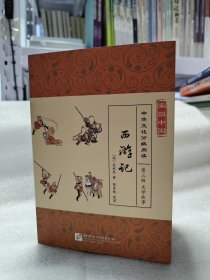












以下为对购买帮助不大的评价